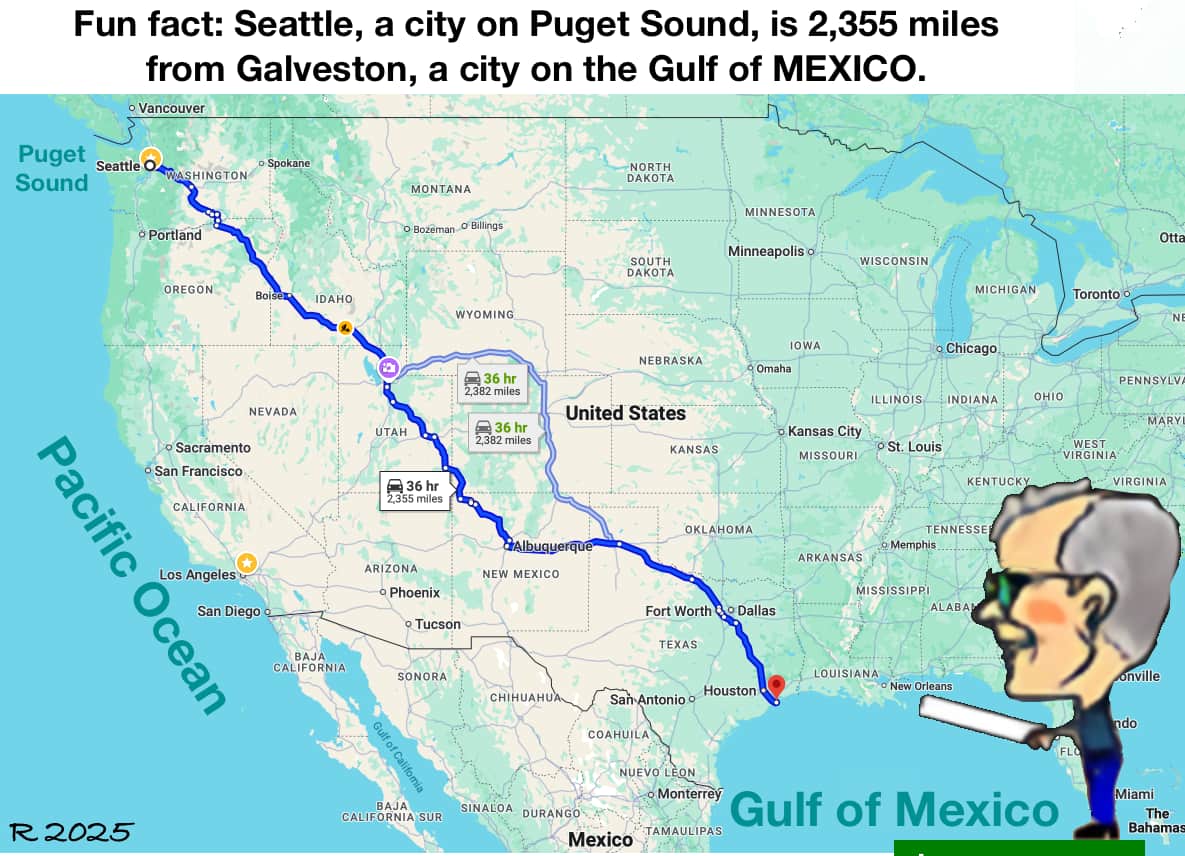
In fact, some number between 290,000 and 545,000 of our fellow citizens will die before Inauguration Day 2021. Your vote cannot change that. You can only change what happens thereafter. Please choose wisely. Here is some castor oil for what ails us.
It's not hard to understand the progress of the Covid-19 pandemic in the US or to anticipate the (lack of) results from federal efforts to control its spread. Consider the adjacent graph (click it for a larger view), which tracks deaths and projected deaths as the US responds to the nine million cases reported to date (which probably represent a somewhat larger real number). The horizontal axis is tiime since the reporting of the fifth death (left) until the present (right).
The blue line shows the number of deaths reported daily as a fourteen-day moving average. An early peak in April is followed by another in July and August, and we are now experiencing an even higher and rising death toll in October. If this looks like waves to you, you are correct, It appears we are now experiencing a third surge in deaths. Oh my, surely no one could have foreseen this!
Well, maybe.
Consider the red line. It shows the projection of deaths through Inauguration Day 2021, calculated as the seven-day moving average number of new cases daily since February, multiplied by the then-known death rate, which peaked at 7.2% in April. Thus it appeared on April 22 that over 640,000 persons would die. At that time, three months into the epidemic, public concern over what would come to be called a pandemic, was still rising slowly despite the deaths of over 30,000 residents of New York and New Jersey. The red line shows the projection based only on what is known at the time. Note that at this time it is again rising.
Throughout the winter and spring, the appointment of a presidential task force was accompanied by continued denials by the President and numerous subordinates that the disease was not serious and would "just go away." There were no serious attempts to impose health discipline on the general population. However, by April 22, the peak day of new cases in the first surge, over 45,000 Americans had died, and the case load exceed 825,000. Could it be that the US government, which had won WWII and put men on the moon, had gotten it wrong?
Happily for those screaming "hoax!" the number of new cases began to drop as the initial points of infection, coastal cities with large levels of international travel from Asia and Europe, began to impose health care policies like social distancing and masking. The nation heard the first cries of "we're winning" from the President and his supporters. Meanwhile the daily death toll fluctuated between 300 and 3,000, as those infected in the first wave continued dying. Inconsiderate of them.
The temporary decline after April occurred despite the inaction or floundering of the federal government.. Those states and cities with competent governments took action to acquire necessary resources. More importantly, the medical establishment shared information about what was and was not working in the care of infected persons who became sick or were hospitalized.
The green line and the purple line take account of the fact that some proportion of those already infected will die. The green line shows the estimate based on the average ratio of deaths:cases over the entire pandemic (since February); the purple line uses the ratio as of the then-current data. Because the "latent" deaths are included, a decline in new cases (which is not happening) has little effect on the number of deaths.
By contrast, in South Korea, which imposed strict requirements limiting public gatherings, social distancing and personal hygiene, the number of infections and deaths per capita is a tiny fraction of the US rates. In Singapore, which "quarantined" its people in the first weeks of the world pandemic, the infections and deaths are about one percent of the US rate.

